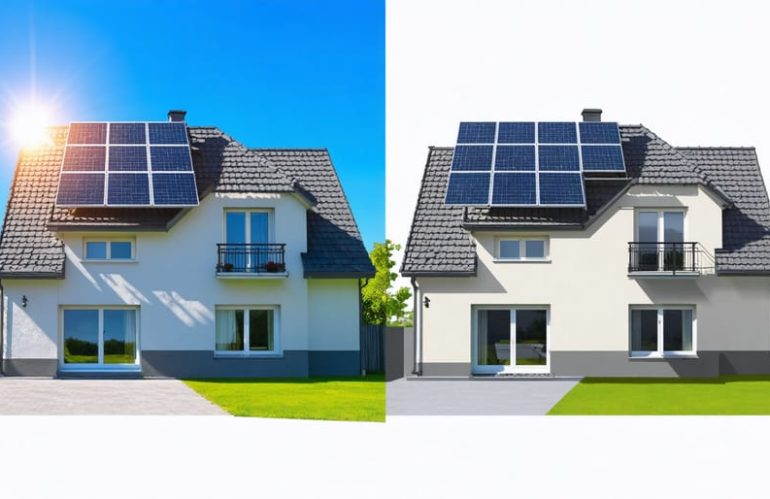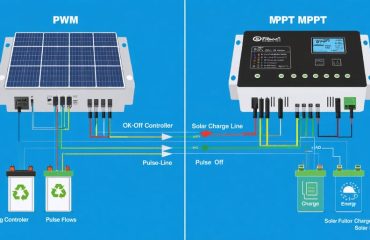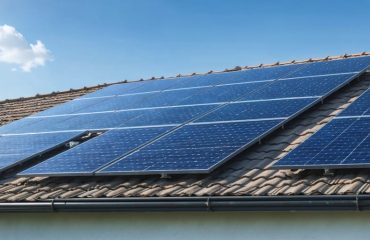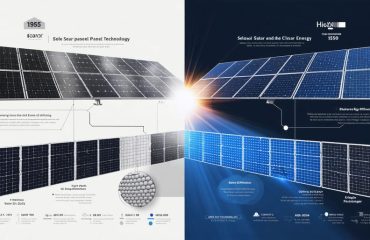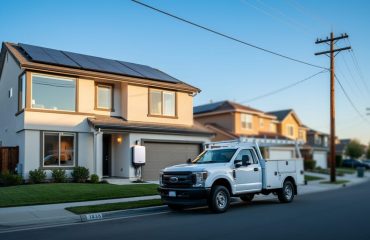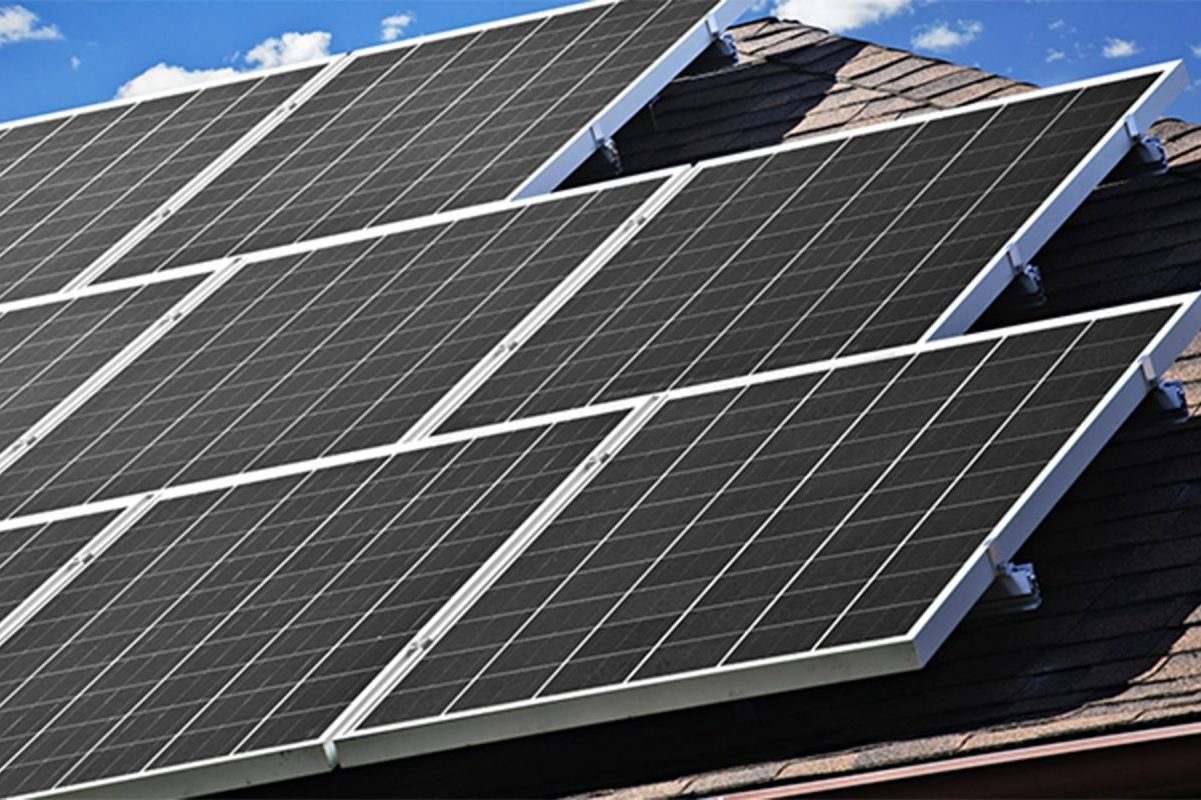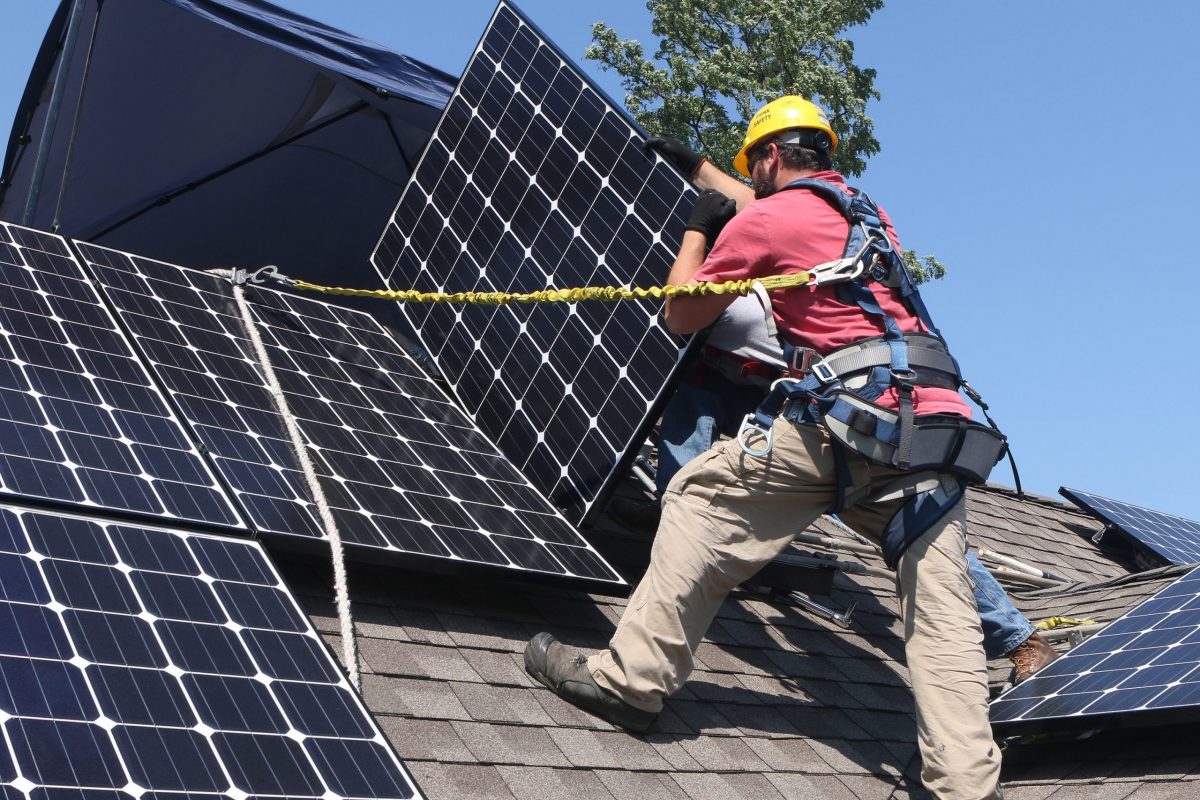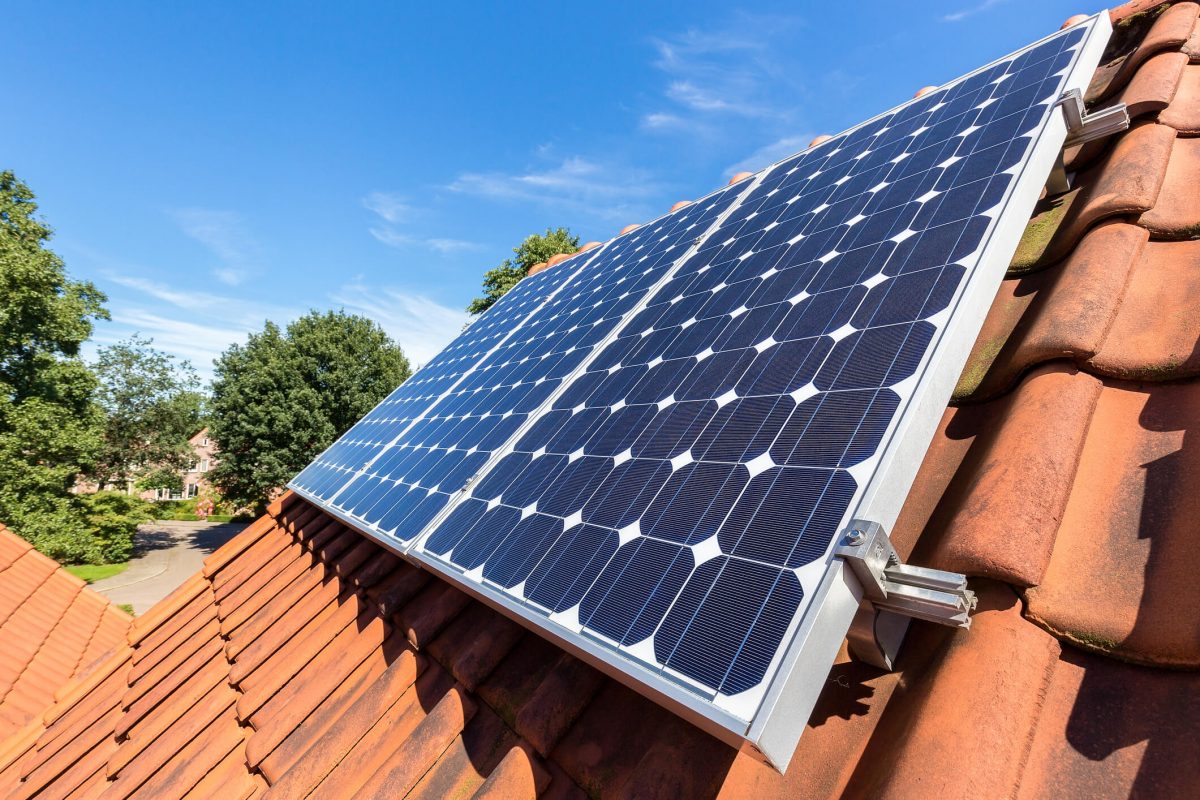The future of solar energy stands at a crossroads between two innovative solar roofing options: traditional panels and integrated tiles. While both harness the sun’s power to slash electricity bills and reduce carbon footprints, they offer distinctly different approaches to home solar installation. Solar panels remain the tried-and-true choice, dominating the market with their proven efficiency and cost-effectiveness. Solar tiles, championed by companies like Tesla, promise seamless roof integration and enhanced curb appeal—albeit at a premium price point. For homeowners weighing these options, the decision extends beyond mere energy production to consider installation complexity, long-term durability, and overall home aesthetics. Understanding these crucial differences helps navigate the choice between maintaining your roof’s traditional appearance with solar tiles or maximizing energy production through conventional panels.
What Sets Solar Tiles Apart from Traditional Panels

Aesthetics and Curb Appeal
When it comes to visual appeal, solar tiles and traditional solar panels offer distinctly different aesthetics for your home. Solar tiles seamlessly blend with your existing roof, creating a sleek, integrated appearance that’s nearly indistinguishable from regular roofing materials. This subtle integration has made them particularly popular among homeowners in design-conscious neighborhoods or areas with strict homeowner association guidelines.
Traditional solar panels, while more noticeable, have come a long way in terms of design. Modern panels feature slim profiles, black frames, and anti-glare surfaces that create a more contemporary look. They can make a bold statement about your commitment to sustainable living, which many homeowners find appealing.
Solar tiles offer a significant advantage in maintaining your home’s original architectural character, especially for historic homes or properties with unique roof designs. They follow the natural lines of your roof without protruding above the surface, preserving the building’s intended aesthetic.
However, some homeowners prefer the visible presence of traditional panels, viewing them as a badge of environmental consciousness. The distinct appearance of panels can even increase perceived property value in some markets, as they clearly showcase the home’s sustainable features to potential buyers.
The choice between tiles and panels often comes down to personal preference and your home’s architectural style. Both options can enhance your property’s modern appeal while serving their primary function of generating clean energy.
Installation Requirements
The installation requirements for solar tiles and traditional solar panels differ significantly in both complexity and approach. Traditional solar panels typically require a simpler installation process, with mounting hardware attached directly to your existing roof. The panels are then secured to these mounting brackets, usually taking 1-3 days for a complete installation.
Solar tiles, however, need a more comprehensive installation approach. Since they replace your existing roof tiles, the process often involves a complete roof replacement or new roof installation. This typically takes 5-7 days, depending on your roof size and complexity. You’ll need specially trained installers who are certified in both roofing and solar technology.
For both options, your roof must be structurally sound and able to bear the additional weight. Solar panels add about 2-4 pounds per square foot, while solar tiles typically weigh slightly less. Your roof’s orientation and pitch also matter – both systems work best on roofs facing south, southeast, or southwest with a pitch between 30-45 degrees.
Before installation, you’ll need a professional assessment to check your roof’s condition, electrical system compatibility, and local building codes. Solar tiles usually require more extensive electrical work since each tile needs to be individually wired. Both systems will need a connection to your home’s electrical panel and possibly an inverter installation.
Cost Comparison: The Bottom Line
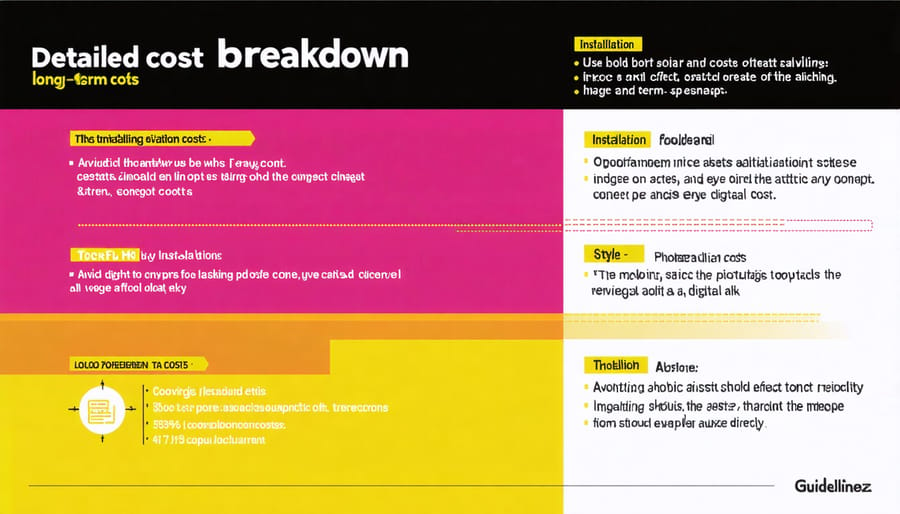
Return on Investment Timeline
When considering solar tiles or traditional panels, understanding the return on investment (ROI) timeline is crucial for making an informed decision. Solar panels typically offer a faster payback period, ranging from 5-10 years, due to their lower initial installation costs and proven efficiency rates.
Solar tiles, while more expensive upfront, can still provide attractive returns over the long term. Their payback period usually falls between 8-15 years, depending on factors such as local energy costs, available sunlight, and installation quality. However, they may add more value to your home’s resale price due to their aesthetic appeal.
Both options qualify for federal tax incentives, state rebates, and local energy programs that can significantly reduce your initial investment. When calculating ROI, consider that solar tiles often eliminate the need for traditional roofing materials, potentially offsetting some of their higher costs.
Energy savings typically range from $50-200 per month for both systems, though actual savings depend on your location, energy consumption, and system size. While solar panels might deliver quicker financial returns, solar tiles can provide comparable long-term benefits while offering additional value through improved aesthetics and potential increases in property value.
Remember that technological improvements continue to drive down costs and increase efficiency for both options, potentially shortening future payback periods.

Performance and Efficiency Face-Off
Weather Resistance and Durability
Both solar tiles and traditional panels are engineered to withstand various weather conditions, though they differ in their durability characteristics. Solar tiles, being integrated into the roof structure, typically offer excellent protection against wind uplift and harsh weather. They’re designed to handle heavy rain, hail, and snow loads similarly to regular roof tiles, with most products rated to withstand impacts from one-inch hailstones at high velocities.
Traditional solar panels, while equally robust in terms of modern solar system performance, are mounted above the roof surface. This design actually provides better airflow for cooling, which can enhance efficiency. Most quality panels are tested to withstand winds up to 140 mph and similar hail impacts as solar tiles.
Both options typically come with 25-30 year warranties, reflecting their long-term durability. However, solar tiles might have a slight edge in severe weather regions since they’re fully integrated into the roof structure, eliminating the risk of wind getting under the panels. The trade-off is that if damage does occur, replacing individual solar tiles can be more complex than swapping out traditional panels.
Making the Right Choice for Your Home
When deciding between solar tiles and traditional panels, several key factors should guide your choice. First, consider your home’s architectural style and any homeowner association requirements. Solar tiles blend seamlessly with existing roofing, making them ideal for homes in historic districts or areas with strict aesthetic guidelines. Traditional panels, while more visible, might be perfectly suitable for modern homes or properties where appearance is less crucial.
Your budget plays a vital role in the decision. While solar tiles generally cost more upfront, they can add significant value to your property and eliminate the need for separate roofing materials. Traditional panels offer a lower initial investment and faster return on investment, making them attractive for budget-conscious homeowners.
Timing is another crucial consideration. If you’re already planning a roof replacement, solar tiles could be a cost-effective solution by combining both projects. However, if your roof is in good condition, traditional panels might make more sense.
Consider your energy needs and roof characteristics. Traditional panels typically offer higher energy efficiency per square foot, making them ideal for smaller roof spaces. Solar tiles might require more roof area to generate the same amount of power but provide comprehensive coverage.
Remember that both options will reduce your carbon footprint and energy bills. The best choice ultimately depends on your specific circumstances, including your home’s design, budget, and energy goals.
Choosing between solar tiles and traditional panels ultimately depends on your specific circumstances and priorities. For homeowners with strict HOA requirements or those particularly concerned with aesthetics, solar tiles offer an elegant solution despite their higher cost. Traditional solar panels remain the most cost-effective and efficient choice, making them ideal for budget-conscious homeowners or those with larger energy needs.
If you’re building a new home or planning to replace your roof soon, solar tiles could be a smart investment. However, if you have a relatively new roof and are primarily focused on maximizing energy savings, conventional panels are your best bet. Remember that both options will reduce your carbon footprint and energy bills while increasing your property value.
Consider consulting with local solar installers to get detailed quotes and assess which option best suits your home’s architecture, energy needs, and budget constraints. Whichever choice you make, you’ll be taking a positive step toward sustainable living and energy independence.

